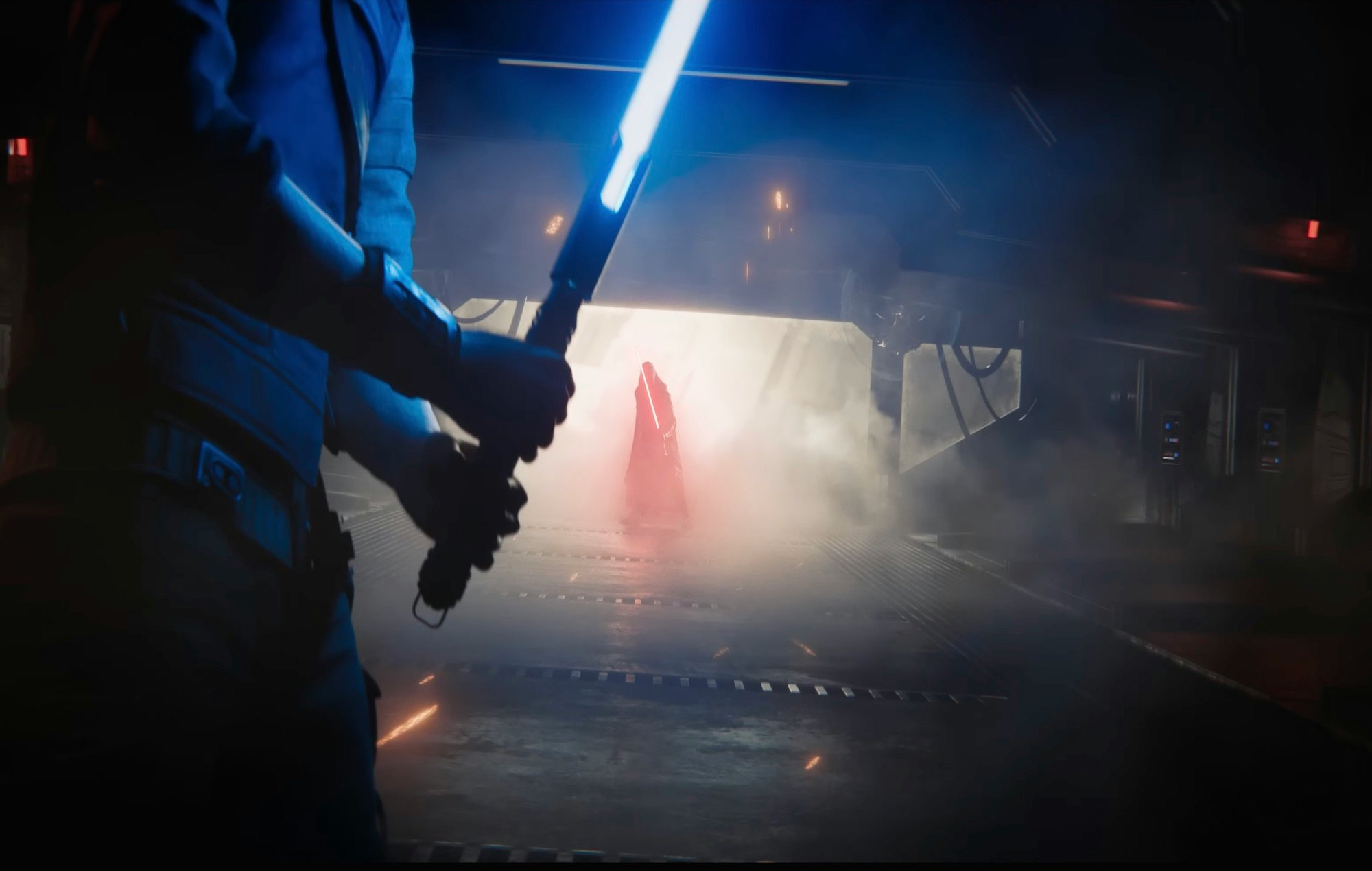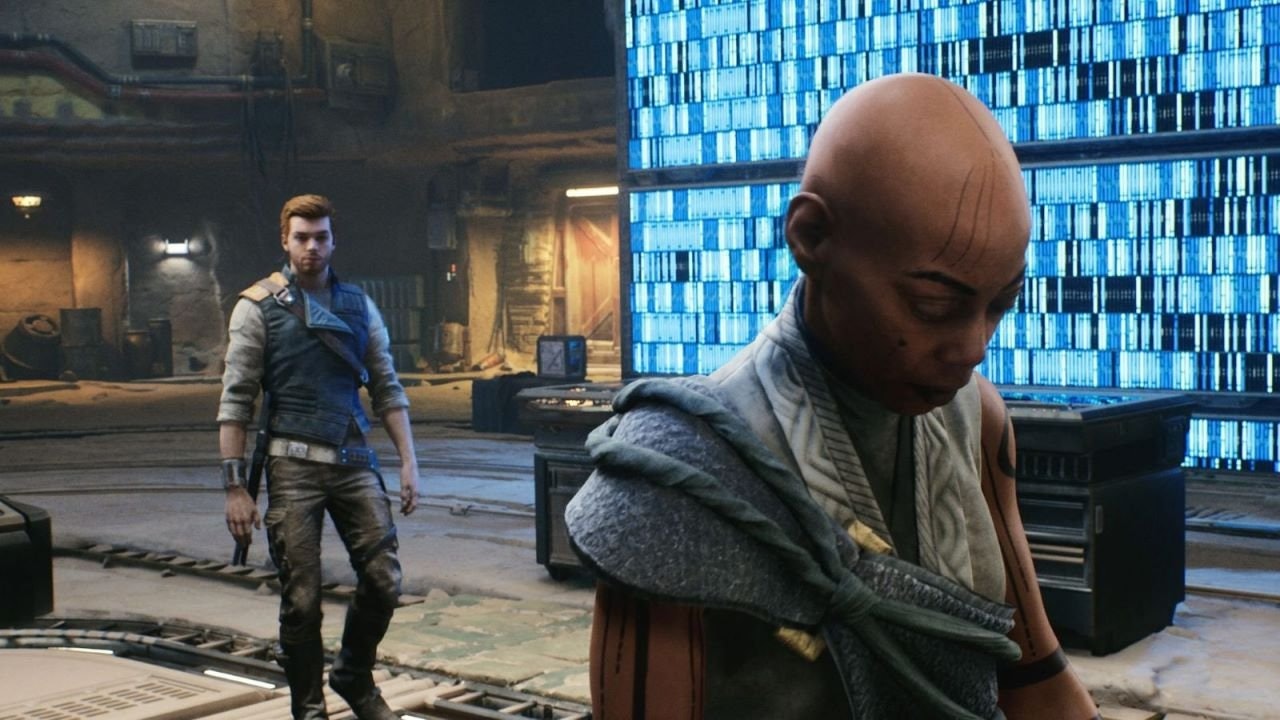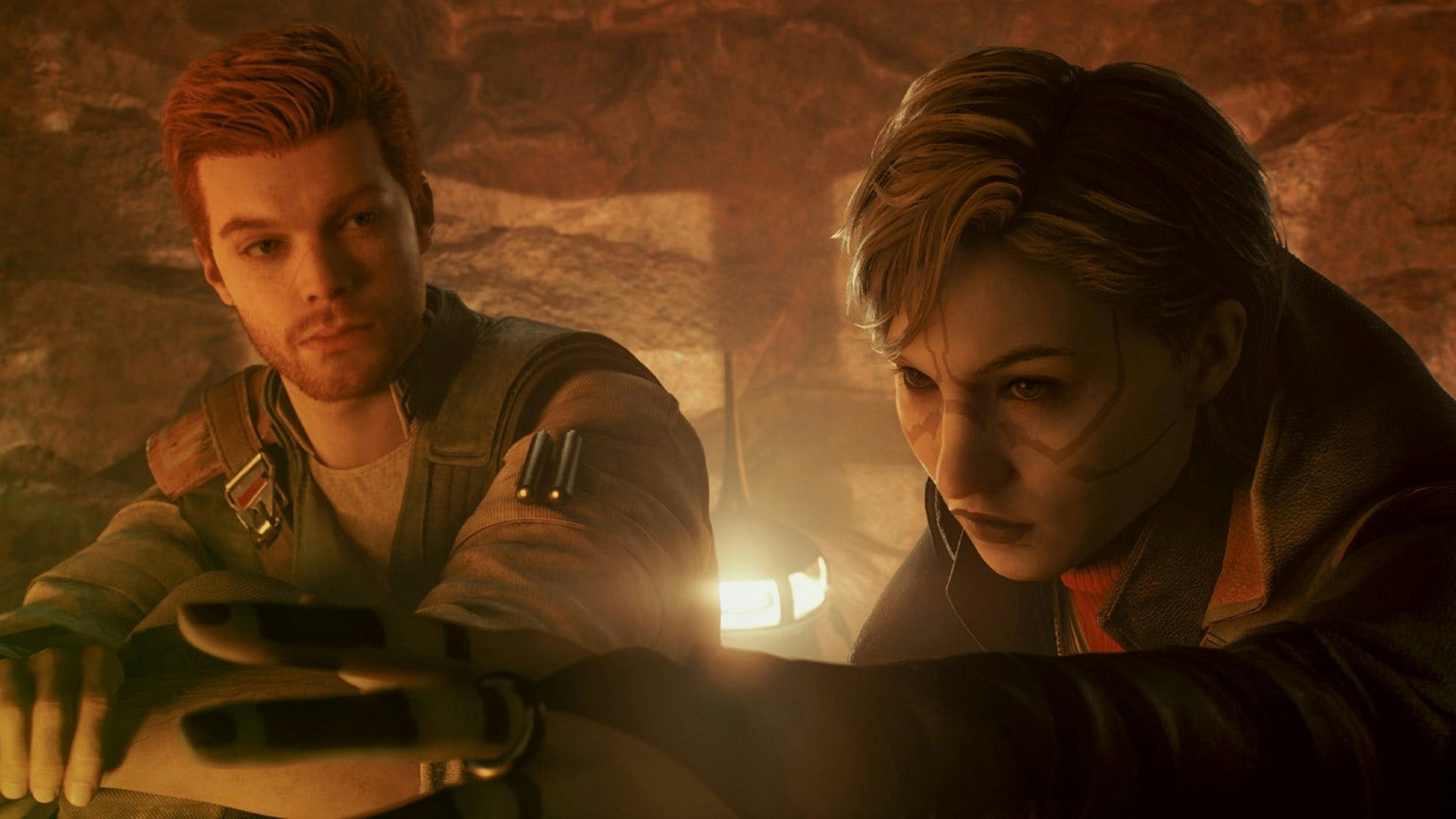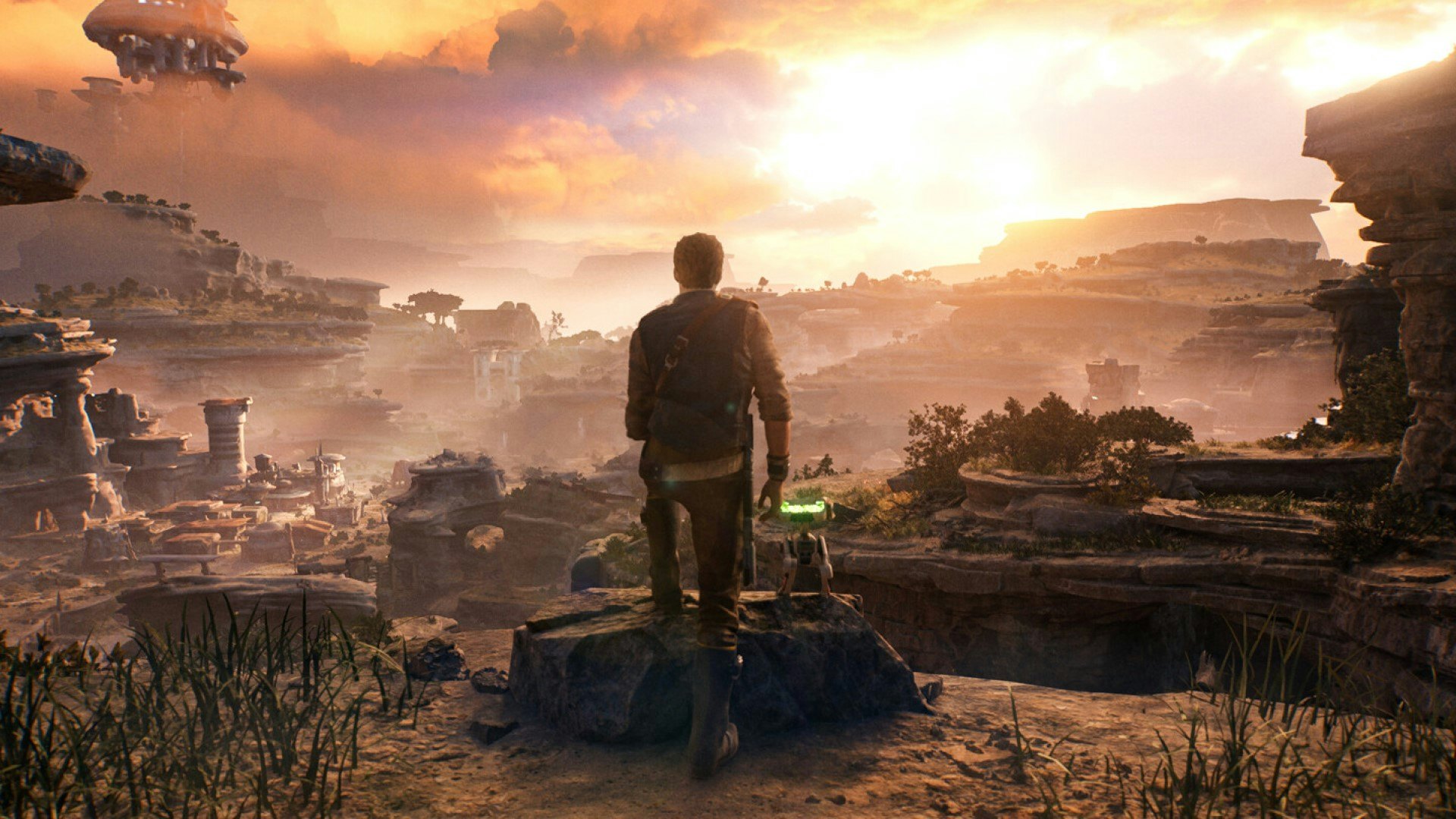
A large part of Star Wars’ enduring legacy is in how the franchise continues expanding forward and backward in the timeline — which is oddly fitting for a story that began with Episode VII. But for Respawn Entertainment’s Stig Asmussen, directing Jedi: Survivor is all about putting character first and foremost.
“This isn't about creating sequels or prequels or anything like that. It's more about rounding out the story and making sure that you have believable characters,” Jedi Survivor director Stig Asmussen tells Inverse.
In the case of Jedi: Survivor, we have to ask “When?” and “Why?”
The previous game, Jedi: Fallen Order, takes place five years after Emperor Palpatine’s infamous Order 66 demanded the annihilation of the Jedi, and Survivor picks up with Cal Kestis another five years later. That’s a huge leap forward that puts the game right around 9 BBY (Before the Battle of Yavin), which is right around the same time as the Disney+ Obi-Wan series. It may just be a coincidence in a very big galaxy far, far away. But is it?
“We didn’t go in saying we have to make a five-year-jump, and that was something we kind of naturally arrived at through our brainstorming sessions,” Asmussen says. “We found it a really intriguing idea because it allows us a little bit of a reset to a certain extent. It doesn't have to feel exactly the way it was before.”
At a Jedi: Survivor preview event, Inverse sat down with Asmussen to talk about the ambitions of Respawn’s sequel and the Star Wars series at large.

There’s always pressure with sequels to do things bigger and better. What were some of the challenges and opportunities of tackling a sequel like this?
Asmussen: I wouldn't really say that it was so much a challenge. Listening to the fans and seeing the reaction from the first game, we realized that it was aligned with a lot of things that we already wanted to do with the sequel. It was not breaking what we did before; It was building up what we did before to make it better.
There's something to be said about the five-year time jump. Cal has grown, and we thought that would be an interesting challenge for us as a team because the first time you get your hands on the controller it feels a little more weighty. We're always trying to become better students of Star Wars and wanted to take what we learned to create a more cohesive experience than we did the first time.
The visual aesthetic and style feel a little different from Fallen Order. How did the visual aesthetics evolve for the sequel?
We were still learning what Star Wars design meant in the first game. For me as an artist, Star Wars design was extremely influential, but I didn't truly understand it until I started working on it.
There are rules, and you need to understand how, why, and where they're applied. We were Padawans when it came to Star Wars artistic design. We were somewhere around Knight when we started the sequel, and we're approaching Masters right now. With that, there's more trust with Lucasfilm. It's not really about being able to speak the language for us anymore; It's about taking that language to make artistic poetry with it. So hopefully it still feels like Star Wars, but we're branching out and feeling a little bit more confident.

What was the decision behind giving Cal partner characters, and how do you integrate them into gameplay?
Well, Cal always had BD, and BD was kind of a proving ground for us to say, “We can do this on the next game, and we can breathe life into new characters.” So we've got Bode Akuna, and we can also bring back beloved characters like Merrin. There's something really cool about continuing the story with these important partners, and as you're playing the game just seeing them passively in cutscenes. Everything that we learned with BD, it's allowed us to expand how BD is in the game as well, because we doubled down on it for real.
Jedi: Survivor was developed exclusively for current-gen consoles. What kind of scope has that given you?
It's given us the freedom to make things in a more organic way. We were able to design a bigger game very early on, and get very rapid results to realize the things that we were talking about with wider locations. I think that's the most important thing, that we can iterate really fast.
That allowed us to be very deliberate about designs early on that probably would have taken longer for us to confirm on previous generations. Even with mistakes too, to be honest with you: We’re allowed to run and fly really fast on the new systems — and fail really fast. It was important to from that and keep pushing forward.
The game design changes and the story changes, but it begins and ends with planets.
When you're approaching such a massive universe, how do you decide what planets you're going to include?
A lot of it boils down to, in order for this to work, we have to design the story in lockstep with progression on a very boilerplate level. We have to make sure progression mechanics line up with plot points, so that the character growth and arc is matching the character from a design standpoint.
Oftentimes, those kinds of conversations can't even begin until you know where you're going to be. Because canon planets have a certain rule set, but they also come with rich lore that's already baked in and a familiarity that players are going to really latch on to. But when you're building it from scratch, it's almost limitless in terms of what you can do that will bolster the game design. But you have to create it all.
So we had to decide on planets very early and went back and forth with Lucasfilm on it. We ended the last game with a certain number of planets and threw out a number that we think is going to be good for this game. The scope ends up dictating that. Along the way, whether it's this game or the previous one, as we get deeper in the project, we've got to rearrange that. Everything else changes in accordance. The game design changes and the story changes, but it begins and ends with planets.

Star Wars has changed a lot in the years since Fallen Order thanks to Disney+. Did that influence development in any way as the scope of the franchise evolved?
For sure. I mean, we're looking at all the different things that are getting released, and there are often opportunities where info was being shared with us on stuff that is not released yet. We're looking for matches, looking for ways that we can potentially bring some of the present universe (in real-world time) into what we're doing. If there are opportunities, we have discussions, and sometimes things align.
Like I said, we're students of Star Wars, so we have to always look at what the other sources of media are doing to make sure what we’re doing is relevant.







